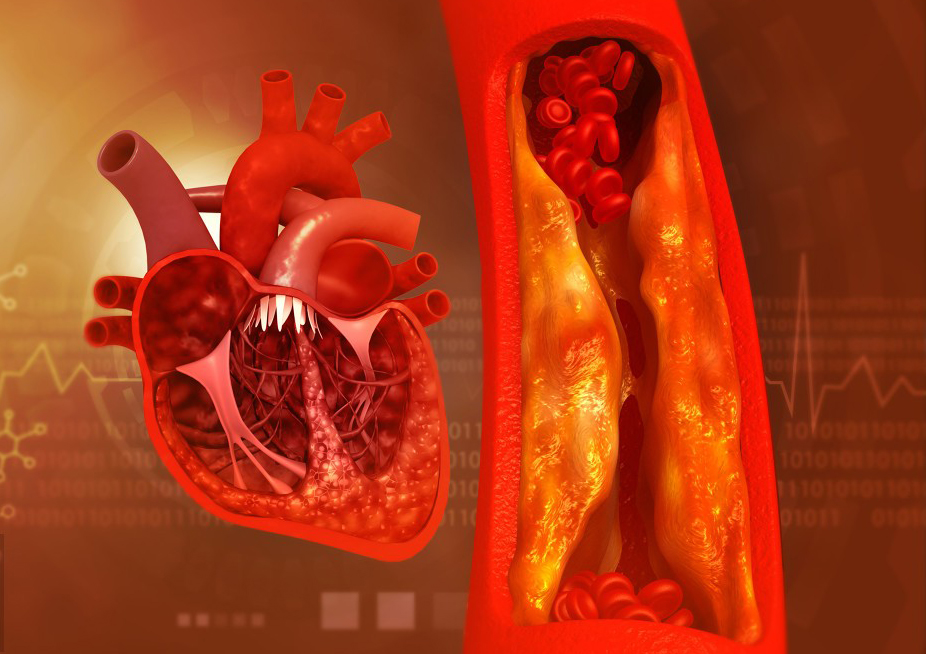NMNH (Reduced Nicotinamide Mononucleotide) is a reduced form of NMN (Nicotinamide Mononucleotide), which is a derivative of vitamin B3 (niacin). It plays a critical role in cellular energy production and metabolism as a precursor to Nicotinamide Adenine Dinucleotide (NAD+), a vital coenzyme involved in many biological processes.
Origin of NMNH
Reduced Nicotinamide Mononucleotide (NMNH) is a derivative of nicotinamide mononucleotide (NMN), a nucleotide that plays a crucial role in the synthesis of nicotinamide adenine dinucleotide (NAD⁺), an essential coenzyme involved in various biological processes, including metabolism and energy production. NMN is found in small quantities in foods like milk, meat, and vegetables, and NMNH is produced through the reduction of NMN.

Properties of NMNH
- Chemical Structure: NMNH has a chemical formula of C₁₁H₁₄N₂O₆P. It features a ribose sugar, a phosphate group, and a nicotinamide moiety, similar to NMN but with an additional hydrogen atom on the nitrogen of the pyridine ring.
- Solubility: NMNH is generally soluble in water, making it suitable for various biological applications.
- Stability: It can be relatively stable under physiological conditions but may degrade under extreme conditions, such as high temperatures or extreme pH.
- Biological Activity: NMNH is believed to play a role in boosting NAD⁺ levels in cells, which can enhance cellular metabolism and promote longevity.

Introduction of NMNH
The interest in NMNH has grown alongside research into NAD⁺ and its precursors. Studies suggest that NMN can improve mitochondrial function, enhance energy metabolism, and promote cellular repair mechanisms. As a reduced form of NMN, NMNH may have similar effects or could act as an alternative for boosting NAD⁺ levels.
Research into NMNH is still emerging, with potential applications in aging research, metabolic disorders, and neuroprotection. Its role in increasing NAD⁺ levels makes it a subject of interest for exploring therapeutic strategies for age-related diseases and conditions associated with energy metabolism dysregulation.
